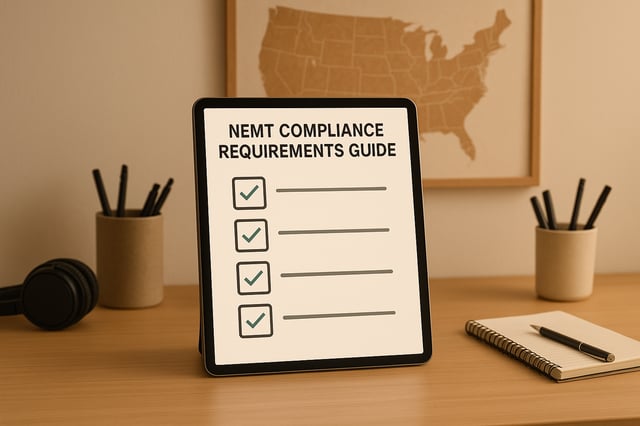

NEMT Entrepreneur provides expert insights, strategies, and resources to help non-emergency medical transportation professionals grow their businesses. Get industry-leading advice to succeed in NEMT.
Featured articles
Optimize Your NEMT Business with a Trip Cost Estimator
Running a non-emergency medical transport (NEMT) operation comes with unique challenges, especially when it comes to managing expenses. Whether you’re a small business owner or managing a larger fleet, understanding the financial side of each journey is crucial. That’s where a tool to calculate operational expenses can make a huge difference, helping you break down costs like fuel, driver pay, and vehicle upkeep with just a few clicks.
Why Tracking Expenses Matters
Every mile driven in an NEMT service impacts your bottom line. Fuel prices fluctuate, driver wages add up, and maintenance isn’t cheap. By using a reliable estimator for trip expenses, you gain clarity on what each ride truly costs. This insight lets you set fair rates, plan budgets, and even identify areas to cut back. Maybe one vehicle is costing more than others, or perhaps a route needs tweaking—having the numbers in front of you empowers smarter choices.
Beyond the Basics
Beyond just crunching numbers, this kind of tool offers peace of mind. You’re not guessing anymore; you’re working with data. For anyone in the medical transport field, staying on top of finances isn’t just good practice—it’s how you keep helping those who rely on your services.
FAQs
How accurate is this NEMT cost estimator?
This tool gives a solid estimate based on the numbers you provide. It factors in fuel, labor, and maintenance, plus a small 5% buffer for surprises. That said, real-world costs can vary due to things like traffic delays, vehicle wear, or fluctuating fuel prices. Use this as a starting point, and adjust based on your actual data over time.
Why include a buffer in the cost per trip?
We add a 5% buffer to account for those little unexpected expenses that pop up in NEMT operations—think sudden repairs or a spike in gas prices. It’s not a huge amount, but it helps ensure you’re not caught off guard when planning your budget or setting rates for clients.
Can I use this tool for multiple vehicles?
Absolutely! You can run the calculator for each vehicle in your fleet by entering specific details like mileage or maintenance costs for each one. It’s a great way to compare expenses across different vehicles and see where you might need to optimize. Just run it separately for each set of data.


